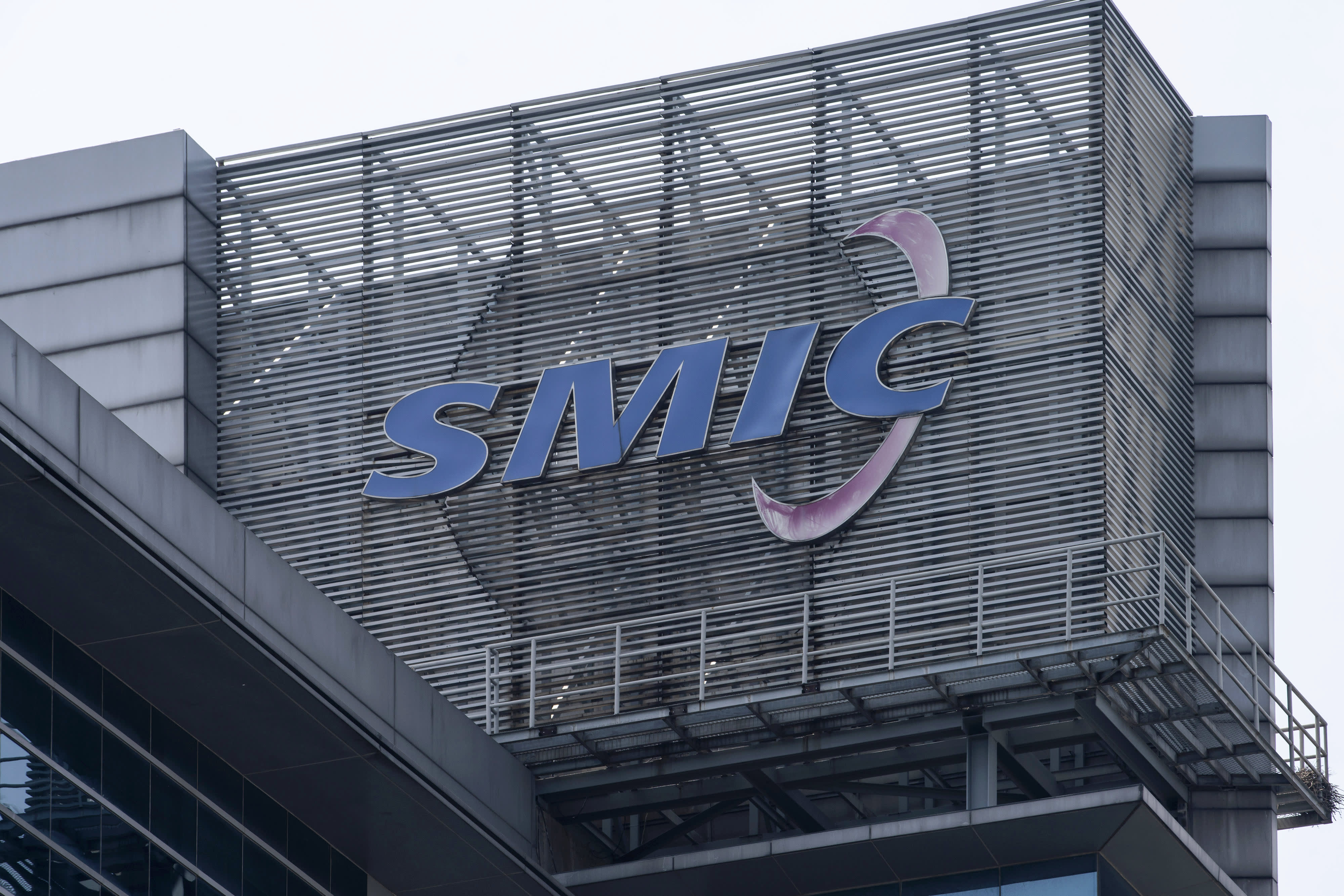Products You May Like
China’s largest chipmaker Semiconductor Manufacturing International Corporation reported record revenue and a surge in profit last year amid a global chip shortage but strong demand.
SMIC recorded 2021 revenue of $5.44 billion up 39% year-on-year, the fastest growth rate since 2010. Profit came in at $1.7 billion marking a 138% year-on-year rise.
That record performance came despite SMIC being put on a U.S. trade blacklist called the Entity List in 2020.
“The global shortage of chips and the strong demand for local and indigenous manufacturing brought the Company a rare opportunity, while the restrictions of the ‘Entity List’ set many obstacles to the Company’s development,” SMIC said in a statement.
SMIC is China’s largest foundry which is a company that manufacturers chips that other firms design. It’s a competitor to the likes of Taiwan’s TSMC and South Korea’s Samsung but SMIC’s technology is several generations behind.
As geopolitical tensions between China and the U.S. have ratcheted up in the last few years so has their battle to dominate key technologies. Semiconductors is one of those areas. China is significantly behind the U.S. in the chip industry but SMIC is seen as key to its ambitions to boost self-sufficiency in the sector and wean itself off foreign technology.
The blacklisting however cuts SMIC off from key American technology required to make the most advanced chips.
But SMIC can manufacture some of the less-advanced chips that go into cars, for example. Those have been in short supply globally. Last year, China Renaissance forecast that SMIC would be a beneficiary of the chip shortage. That has played out.
SMIC is also continuing to invest heavily and the company said that it plans to spend $5 billion in capital as it tries to get three new plants off the ground in Beijing, Shanghai and the southern Chinese city of Shenzhen.
The company said that it will add more production capacity in 2022, than it did in 2021.
